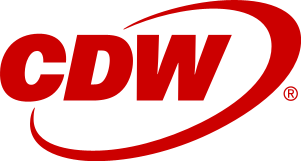Research Everything IT
RECENTLY ADDED
Read the Latest in the Research Hub


May 17, 2024
Security
Enhancing Business Outcomes With Your CIAM Platform
Article
4 min
Are you getting the most value possible out of your current CIAM platform? The secure customer data you already have access to can help you unlock new business value by streamlining processes, enhancing customer experiences and more.


May 16, 2024
Software
CoSN 2024: Why Schools Must Vet Generative AI
Article
3 min
Without compliance on artificial intelligence, schools risk losing community trust and more.


May 14, 2024
Services
Maximizing ROI in IT Asset Management: A Holistic Lifecycle Approach
Article
6 min
Understand the phases of your IT asset lifecycle and how to manage them, from supply chain through to asset disposition.


May 13, 2024
Hardware
3 Technologies Disrupting Retail Crime
Article
5 min
Find out how emerging technologies are curbing retail crime and explore best practices for Implementing retail tech.


May 13, 2024
Data Center
Navigating the Hypervisor Market: Why Customer Choice Matters More Than Ever
Article
4 min
Hypervisors have quickly become an indispensable part of modern IT infrastructure. Many organizations can benefit from a full-stack hypervisor solution and achieve a new level of workload portability and agility, but making the right choice is key.


May 10, 2024
Software
Revolutionizing Financial Services with the Power of Research Chatbots
Article
4 min
Explore how AI and LLMs are revolutionizing financial services by enhancing decision-making and operational efficiency. Get insight into the architecture and benefits of CDW’s financial services research bot.
TRENDING
What Other IT Pros are Researching
View All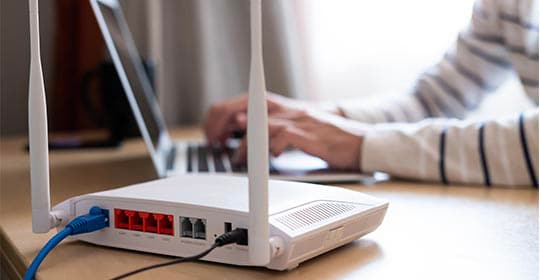

Sep 16, 2022
Networking
Why You Should Consider an Upgrade to Wi-Fi 6 or 6e
article
3 min
A wireless upgrade can help organizations meet users’ growing demand for connectivity.


Oct 03, 2022
Security
Don't Get Hooked: Avoid Becoming the Bait of a Phishing Email
article
3 min
Take a look at this infographic to learn what to look out for in a suspicious email.


Sep 23, 2022
Digital Workspace
Conversation Design Puts AI One Step Closer to Humans
article
4 min
Conversation interfaces can enable customer interaction with automated systems more naturally.
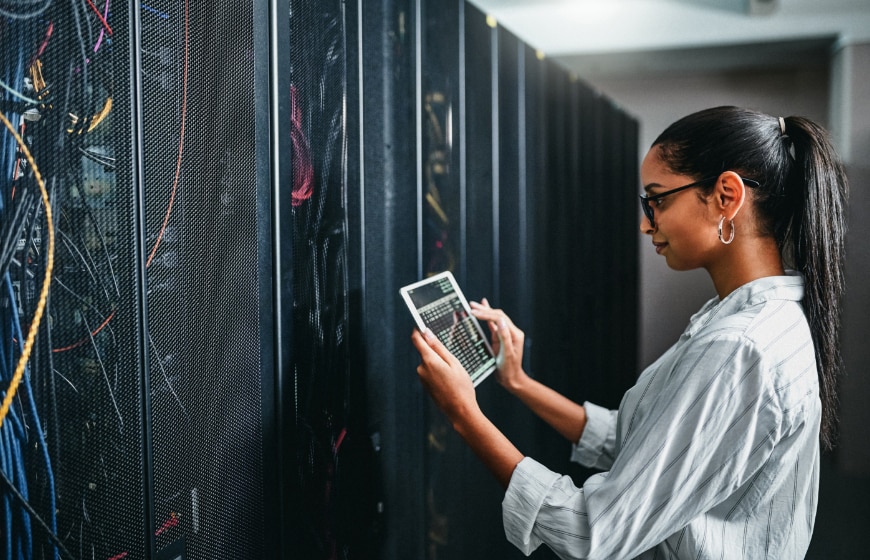

Sep 09, 2022
Cloud
When a DDoS attack comes, defend your applications with an AWS firewall
article
3 min
CDW Managed Services for AWS protects customer web applications using AWS WAF Security Automations.
SECURITY
Create a Secure Digital Environment
Helping to protect you—and your end users—from security breaches.


May 17, 2024
Security
Enhancing Business Outcomes With Your CIAM Platform
Article
4 min
Are you getting the most value possible out of your current CIAM platform? The secure customer data you already have access to can help you unlock new business value by streamlining processes, enhancing customer experiences and more.
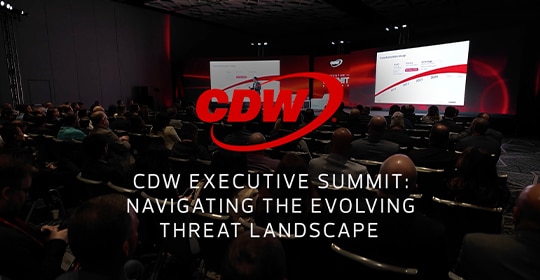

Apr 17, 2024
Security
CDW Executive SummIT: Navigating the Evolving Threat Landscape
Video
4 min
Threat actors are constantly changing their tactics to include innovative new technology. Cybersecurity teams must do the same to keep their organizations secure and resilient.


Apr 15, 2024
Security
How To Implement a Holistic School Safety Strategy To Secure K-12 Environments
Article
3 min
Due to devastating incidents of school violence, schools must create a comprehensive plan that addresses all areas of school safety including physical security, cybersecurity, social and emotional learning, and prevention.


Apr 15, 2024
Security
What’s Best for My Organization: EDR, XDR, SIEM or EUBA?
Article
4 min
Understanding the differences between EDR, MDR, XDR, SIEM and EUBA is crucial for selecting the right tools for your security posture. Here's a breakdown of each and trends you should know about.
Collaboration
A Digital Workspace for New Ways of Working
View All

May 02, 2024
Digital Workspace
How Zebra Workcloud Communication Makes Workflows More Efficient
Article
3 min
When users can quickly access essential information, responsiveness improves dramatically — and so does the customer experience.


Mar 29, 2024
Digital Workspace
Demystifying Artificial Intelligence Adoption for Your Organization
Article
3 min
When it comes to adopting artificial intelligence to optimize your organization, it’s all about developing a strategic plan first, then incorporating new technology and processes to benefit your workforce and customers.
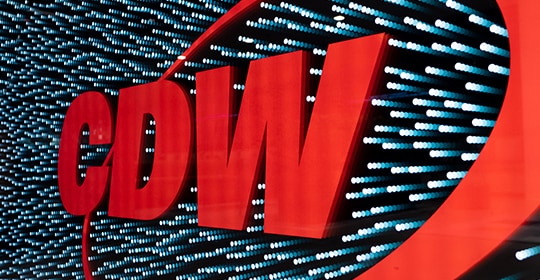

Mar 29, 2024
Digital Workspace
Prepared for a Bright Future with a Robust Digital Transformation Journey
Case Study
9 min
CDW’s ambitious modernization project not only transformed its technology stack but also empowered team members and streamlined processes.


Mar 15, 2024
Digital Workspace
Interoperability: The Key to Streamlining Federal IT Systems
Article
3 min
Federal governments must streamline collaboration to meet the demands of the technological landscape. Interoperability can help you keep up with the demands of the time.
CLOUD
Complete Your Cloud Journey


Feb 26, 2024
Cloud
How Can Application Rationalization Tools Ease Your Journey to the Cloud?
Article
3 min
CDW experts discuss the value of automated, AI-driven tools such as SAMA and SkyMap to help plan, monitor and execute cloud migration.


Feb 07, 2024
Cloud
5 Must-Haves for Getting Started With Cloud Cost Allocation in FinOps
Article
5 min
Get started on the right foot with FinOps cloud cost allocation with these strategic tips.
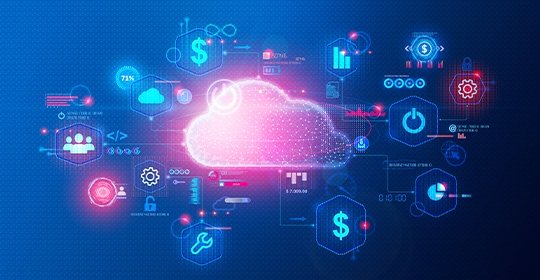

Dec 07, 2023
Cloud
AWS re:Invent 2023: How FinOps Helps Your Organization Manage Cloud Spending
Article
6 min
Costs associated with cloud computing can be unnecessarily complicated. FinOps can help.


Nov 29, 2023
Cloud
Finding Opportunities to Mature Your Cloud Strategy
Use Case
3 min
After rapid growth due to various acquisitions, a CDW customer needed a new cloud services provider to help optimize costs and drive productivity.









